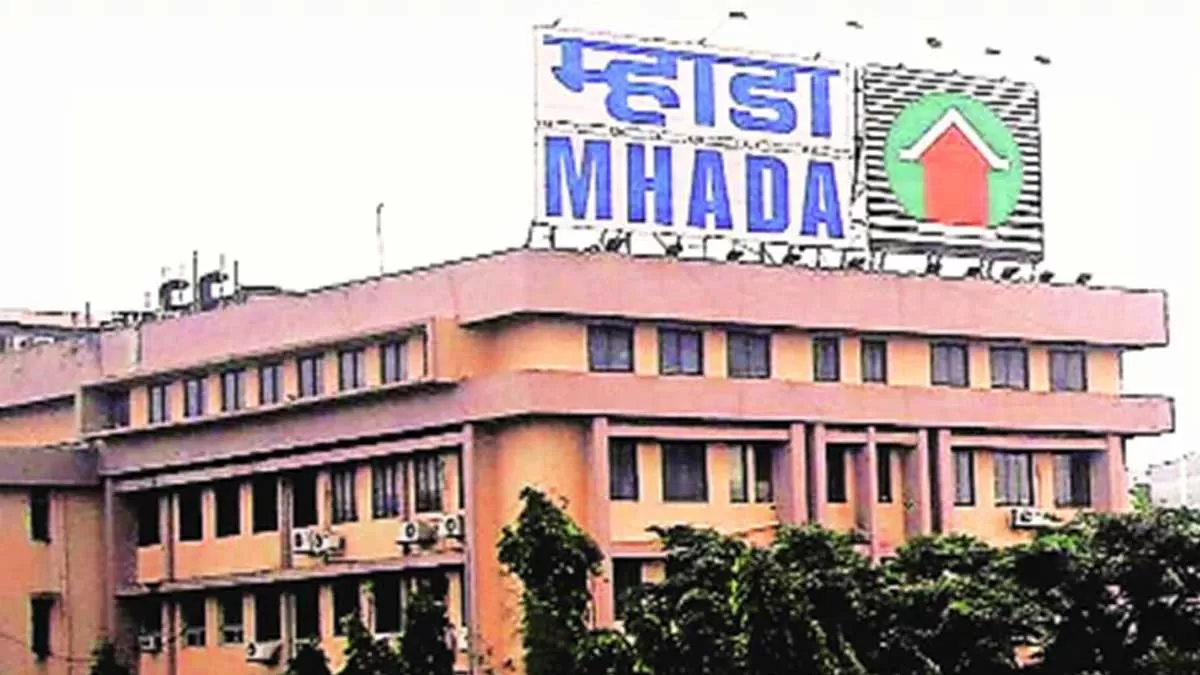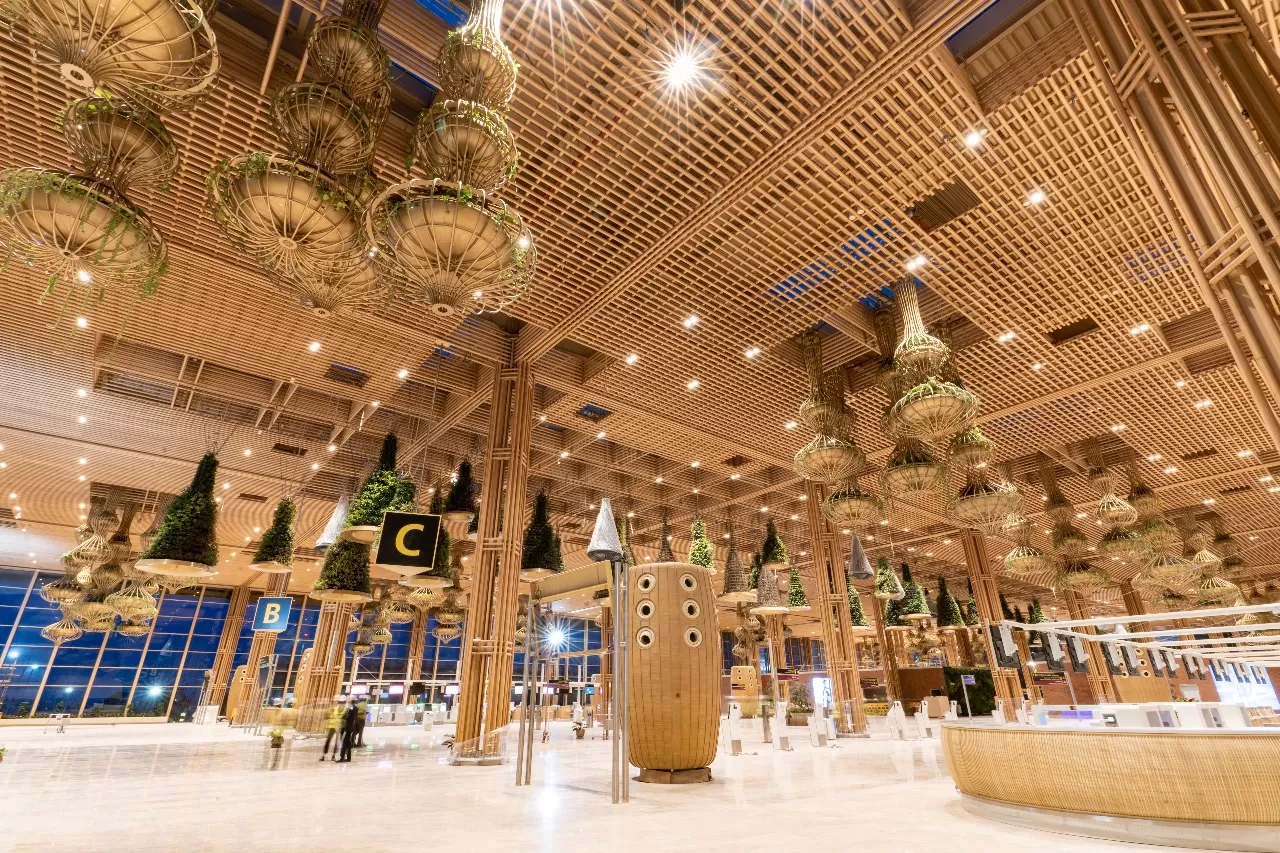Citing learnings from developed nations,
SACHIN SANDHIR makes the case for better alternate dispute resolution mechanisms in India.
It is a well-known fact that India's judicial system is overburdened. There are over 2.18 crore cases pending in district courts across the country. Of this, around 22.5 lakh cases are waiting for a closure for the past 10 years.
This is about 10.3 per cent of total pending cases.
This perhaps explains the growing popularity of alternative dispute resolution (ADR), more so in the private sector. ADR refers to methods of resolving disputes outside the purview of courts.
It principally consists of techniques for resolution such as: Negotiation: A non-binding process where disputed parties work out a settlement without intervention of a third party.
Mediation: A non-binding process involving a third party called æmediator' who helps disputed parties reach a settlement.
Conciliation: A non-binding process involving a third party called æconciliator', who meets disputed parties separately to resolve their differences.
Arbitration: The dispute is submitted to an arbitral tribunal consisting of one or more arbitrators who give their verdict in the form of an ôarbitral awardö, which is legally binding on disputed parties.
Ideally, disputed parties should look at resolving disputes through negotiation. But, most cases end up in arbitration.
ADR mechanisms are a good way to maintain goodwill and resolve disputes in a shorter timeframe. Indeed, India is seeing a pro-arbitration trend, especially in the private sector. Companies prefer ADR mechanisms because they help them avoid lengthy legal proceedings. There are many advantages to ADR - it is less expensive, less time consuming and the procedure is simple.
ADR is covered under the Arbitration and Conciliation (Amendment) Act, 2015, which was promulgated on December 23, 2015. The Act is based on the United Nation Commission on International Trade Law and it has substantially amended the provisions of the Arbitration and Conciliation Act, 1996. The Act is a step towards reforming Indian ADR mechanisms and bringing it on a par with global standards.
The Act has laid down extensive guidelines relating to the independence of arbitrators and has details on ineligibility of arbitrators. For arbitration proceedings to be successful, arbitrators should be independent and free from any biases. Awards passed by biased arbitrators are likely to be contested in a court of law, which would make the arbitration process a failure.
There is a legal obligation on arbitrators to disclose any conflicts or commercial interests they may have with the disputing parties.
This is similar to legal provisions laid down by international institutes such as the Singapore International Arbitration Centre, London Court of International Arbitration and International Centre for Settlement of Investment Disputes.
The good thing about the Act is that it links the arbitrator's fee to the time taken to resolve the dispute, and arbitrators can earn additional fees if they pass the final award in six months. This will incentivise them to speed up the process.
Cases that end up in arbitration tend to take a long time to resolve. The amendment attempts to change this by imposing a 12-month timeline for completion of arbitration. The courts can order a reduction of fees of arbitrators if there is a delay of over 18 months. There is also a tendency among disputed parties to challenge the arbitral award in a court. The amendment has removed the automatic stay on filing of a challenge to an arbitral award.
It now requires a specific order from the court.
While private companies have taken to ADR to resolve disputes, the government and government agencies are still reluctant to opt for ADR. This is unfortunate because a lot of disputes tend to arise in government contracts. Dispute between the government and private parties usually end up in courts.
The government and government agencies, however, seem to have more faith in institutional arbitration û administered by an arbitral institution - rather than an ad-hoc arbitration where there is no institution administering the arbitration.
While ad hoc arbitration is still preferred, there is a growing demand for institutional arbitration, especially in cases with high stakes. This is probably because, in institutional arbitration, qualified arbitrators approved by the institute are appointed. In ad-hoc arbitration, the disputed parties decide the appointment of the arbitrator.
The presence of institutions such as the Indian Institute of Arbitration and Mediation, Indian Council for Arbitration, International Centre for Alternate Dispute Resolution and the entry of institutes such as the International Chamber of Commerce (ICC), the Singapore International Arbitration Centre (SIAC) and the London Court of International Arbitration (LCIA) have helped the growth of institutional arbitration. These institutions are neutral bodies that provide ADR services and also help spread awareness about ADR.
The growing popularity of ADR can be gauged from the fact that more and more contracts have an æarbitration clause' in them, especially in the construction and infrastructure sector. ADR mechanisms can, however, be improved by following international best practices such as using technology to handle the large amounts of records in arbitration. Internationally, disputed parties use technology to exchange documents, correspondences, etc.
Another trend popular in the West is third-party funding of arbitration. Internationally, there is a growing demand for corporate funders who finance litigation and arbitration claims. While this has not yet caught up in India, it is probably the way forward. Last, disputes in contracts arise because of lack of clarity in contracts signed between two parties. The idea should always be to avoid disputes and this can be done by drafting a contract without ambiguities. The entry of more professionals in the built environment space can also help avoid disputes. For instance, RICS School of Built Environment, Amity University, offers short-term courses in dispute resolution, which teaches built environment professionals conflict avoidance, management and dispute resolution.
About the author:
Sachin Sandhir, Global Managing Director-Emerging Business, RICS, has been a part of the real-estate industry for close to 17 years. He has worked with leading organisations such as DLF, JLL, Blackrock Solutions and Ansal Properties.
To share your views on this article, write in at feedback@ConstructionWorld.in

















